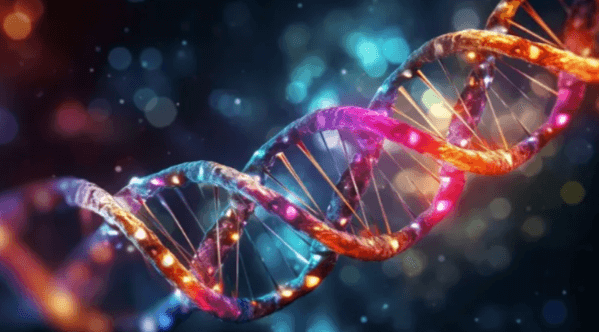Learning Through Art: Transcription–From Dna to Rna

The intersection of art and science offers a compelling framework for understanding the transcription process, where Learning Through Art: Transcription–From Dna to Rna. By employing artistic mediums to visualize this complex biochemical transformation, we can foster a deeper appreciation for the underlying mechanisms of genetic expression. Artistic interpretations not only enhance comprehension but also invite reflection on the elegance of molecular interactions. As we explore this fascinating synthesis of creativity and science, one must consider how such representations can reshape our perspectives on both fields and their inherent connections. What insights might emerge from this dialogue?
Understanding Transcription Basics
Transcription, at its core, involves converting spoken language into written text, serving as a fundamental bridge between auditory and visual communication.
In the realm of molecular biology, transcription is crucial for gene expression, where the molecular machinery of the cell synthesizes RNA from DNA templates.
This process is essential for conveying genetic information, ultimately guiding protein synthesis and cellular function.
Artistic Representation of DNA
Through various artistic mediums, the intricate structure and function of DNA have been translated into compelling visual representations.
DNA sculptures, artistic models, and genetic illustrations provide insightful interpretations of molecular biology, engaging viewers in the beauty of life’s building blocks.
Additionally, molecular paintings creatively depict the complex interactions within DNA, fostering a deeper understanding of genetics while celebrating the artistry inherent in scientific exploration.
Read Also Cute:95ybprr5_Uk= How to Draw a Shark
Visualizing RNA Synthesis
RNA synthesis, a crucial process in cellular function, can be effectively visualized through various artistic interpretations that illuminate its complexity.
By representing RNA molecules, transcription factors, and ribonucleotide synthesis, artists can encapsulate the intricacies of gene expression.
These visualizations not only enhance understanding but also inspire appreciation for the dynamic interplay of biological processes, fostering a deeper connection to the science behind life.
Bridging Science and Art
The intersection of science and art creates a vibrant tapestry that enhances our understanding of complex biological processes.
Through science integration, artistic endeavors allow for creative expression, transforming abstract concepts into tangible experiences.
This synergy not only fosters deeper comprehension of transcription but also inspires innovative thinking, encouraging individuals to explore the beauty of science through the lens of artistic imagination.
Conclusion
In conclusion, the integration of art into the study of transcription illuminates the complex journey from Learning Through Art: Transcription–From Dna to Rna, much like a masterful dance that reveals the elegance of molecular interactions. Artistic representations serve as vital tools for comprehension, transforming intricate biological processes into accessible visual forms. This convergence of science and art not only fosters a deeper understanding of transcription but also emphasizes the inherent beauty and creativity found within the realm of molecular biology.



